Rabat National Zoo Celebrates International Biodiversity Day by Announcing the Birth of Over 80 Endangered Animals
Rabat National Zoo Celebrates International Biodiversity Day by Announcing the Birth of Over 80 Endangered Animals
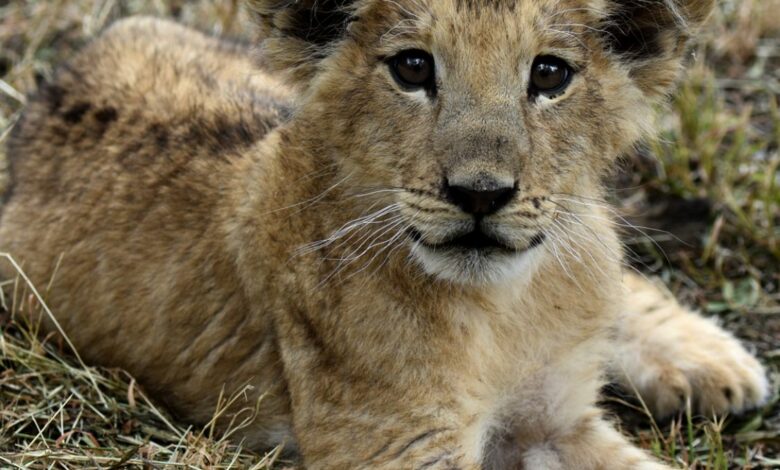
ALDAR/
On the occasion of International Biodiversity Day, celebrated annually on May 22nd, the Rabat National Zoo shared uplifting news: since the beginning of 2025, more than 80 animals have been born, most of them belonging to rare and endangered species that form part of Morocco’s and Africa’s natural heritage.
This wave of births includes unique and ecologically significant species, such as the Atlas lioness—extinct in the wild—the rare striped hyena, the scimitar-horned oryx listed as critically endangered, the addax (also known as the white antelope), the Dorcas gazelle, and the African wild dog (lycaon), considered one of the rarest predators on the continent. Other species born include kob antelopes, dog-faced baboons, servals, Barbary gazelles, European genets, the Northern bald ibis, and griffon vultures—all part of carefully managed conservation programs within a long-term strategic plan.
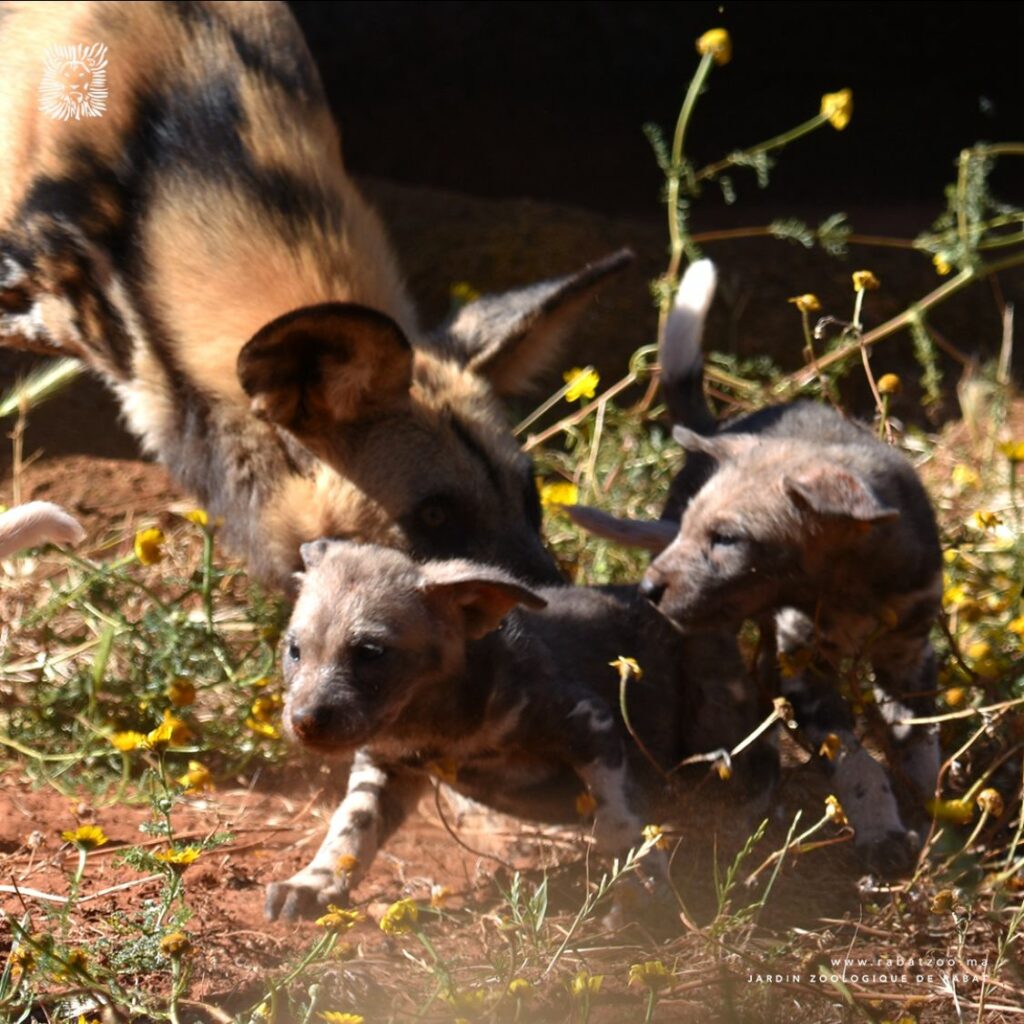
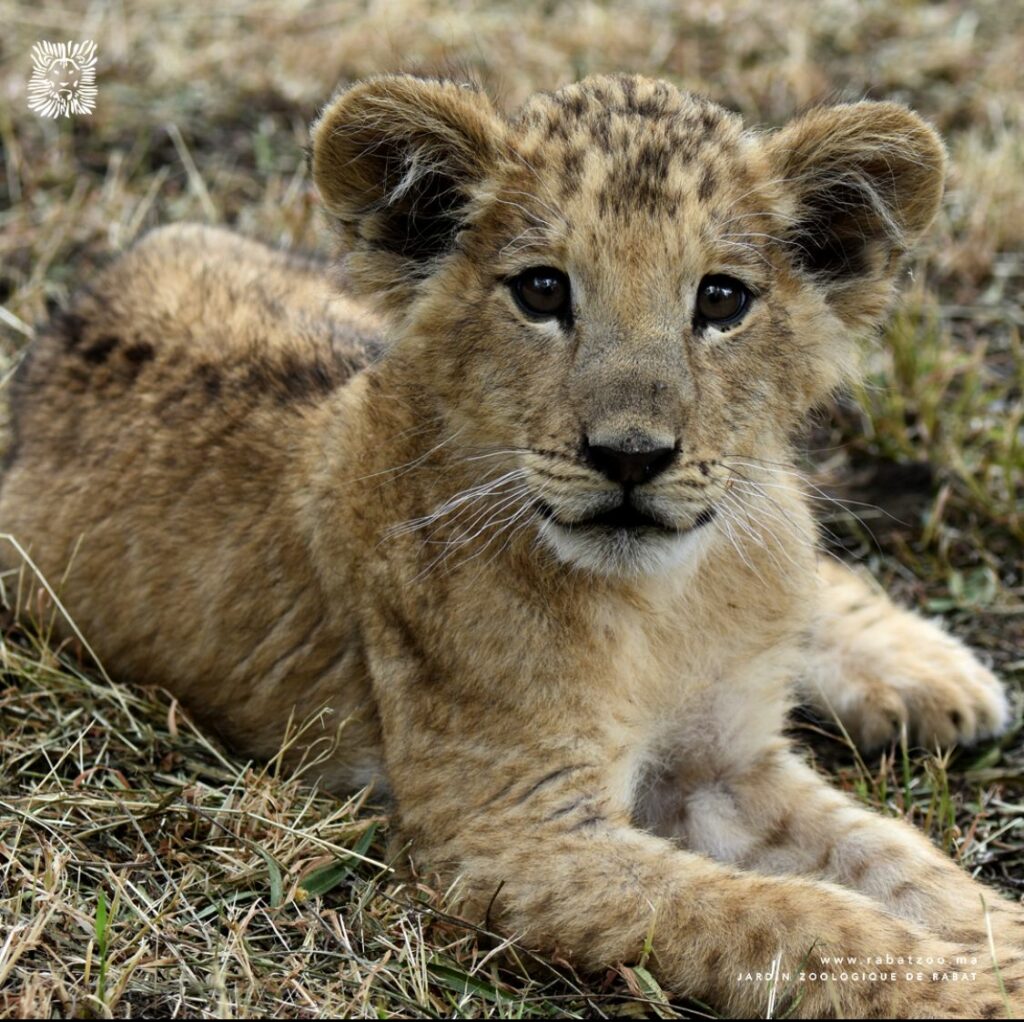
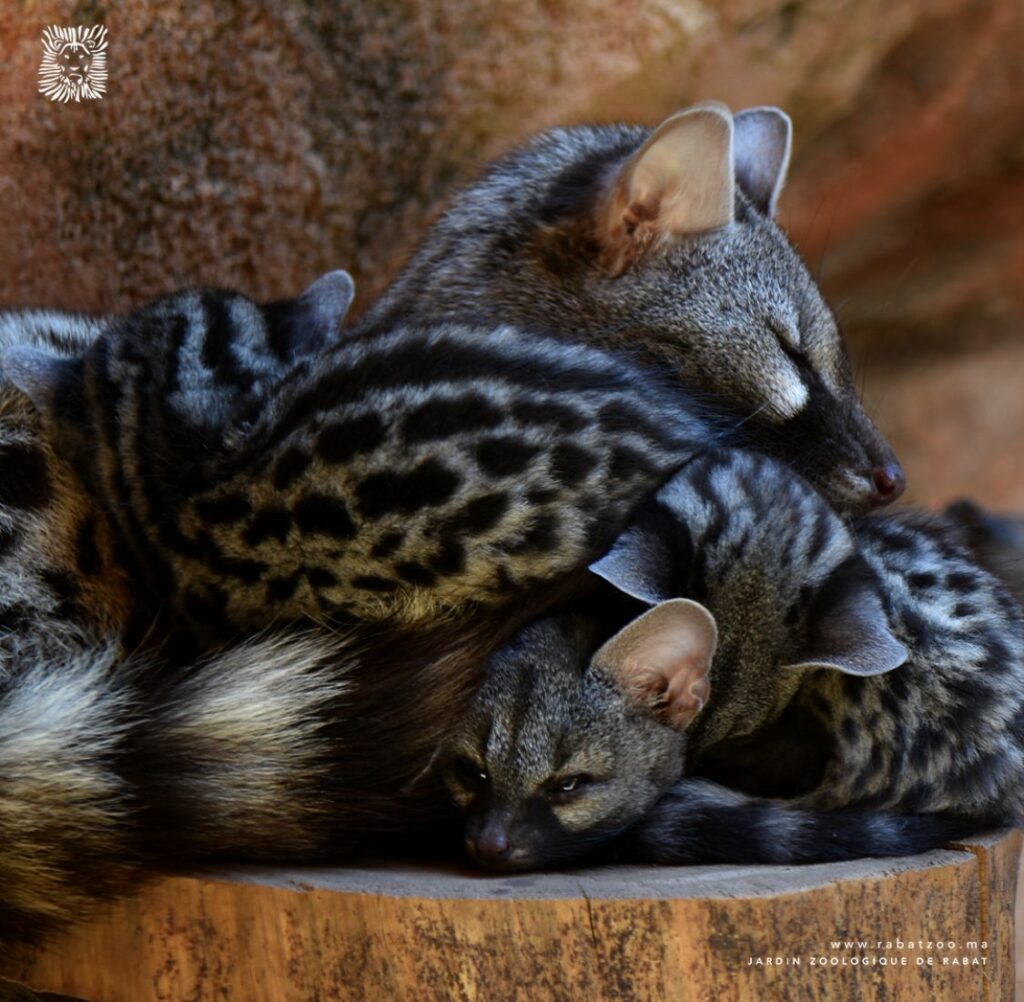
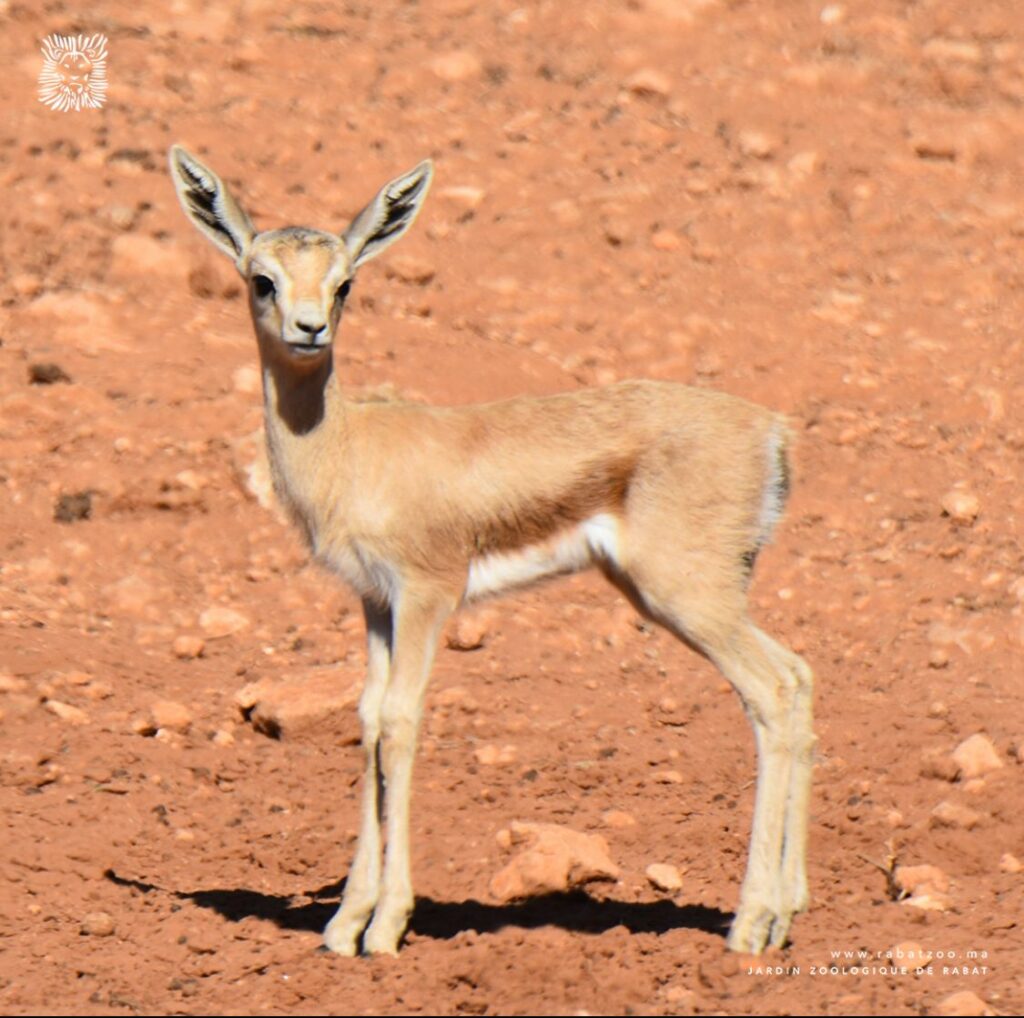
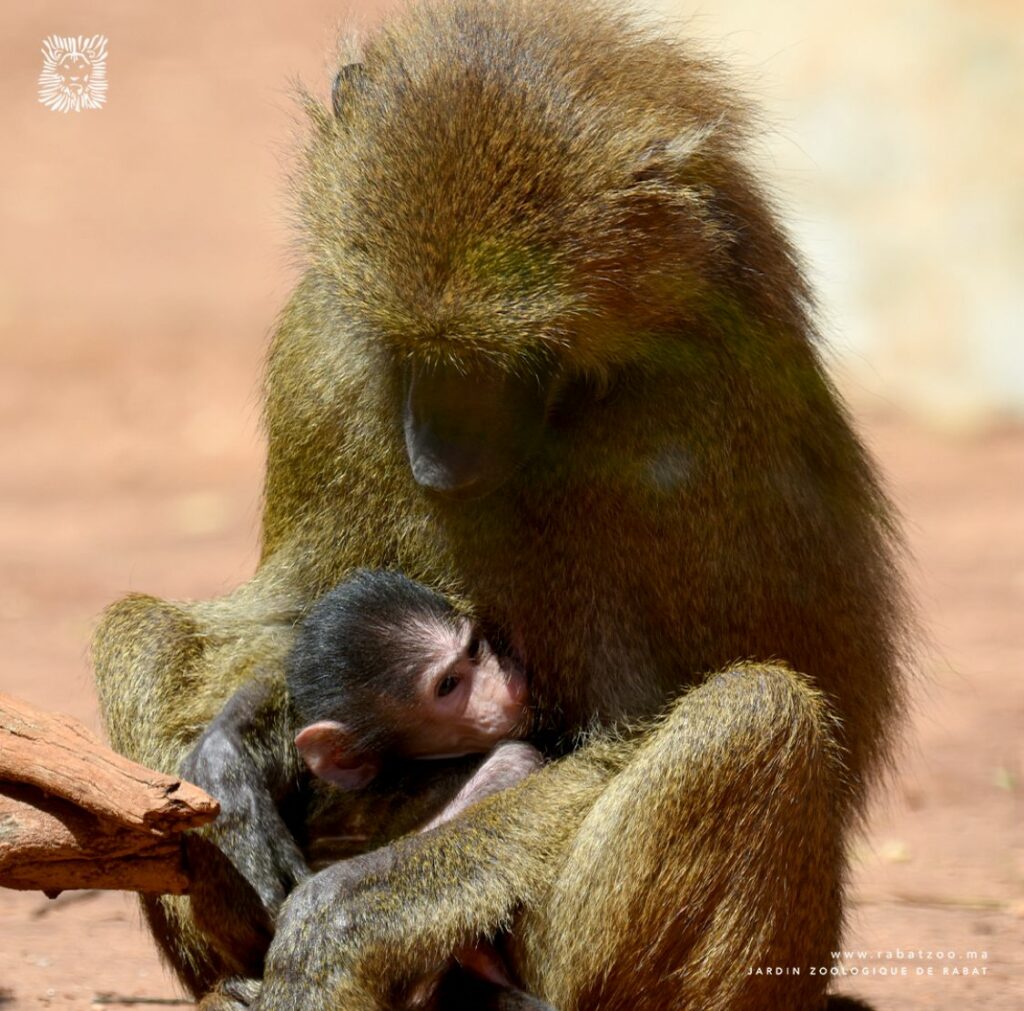 These positive outcomes are not by chance, but the result of a systematic and scientifically grounded approach. Strict standards have been applied in selecting breeding pairs, ensuring genetic diversity through the creation of multiple breeding nuclei, which has improved reproduction rates and supported the survival of endangered species.
These positive outcomes are not by chance, but the result of a systematic and scientifically grounded approach. Strict standards have been applied in selecting breeding pairs, ensuring genetic diversity through the creation of multiple breeding nuclei, which has improved reproduction rates and supported the survival of endangered species.
Amid the accelerating global decline in biodiversity, modern zoos like Rabat’s have become essential pillars of conservation efforts. They contribute not only to breeding and protection but also to raising awareness about the importance of maintaining ecological balance. The zoo is actively engaged in international initiatives, adopting programs aligned with global conservation standards.
It is worth noting that the Rabat National Zoo currently hosts over 2,000 animals representing around 170 species and oversees the implementation of 22 specialized programs for the protection of rare and endangered species.
Starting in June 2025, zoo visitors will have a special opportunity to meet these young animals through an experience that combines the joy of discovery with messages promoting the importance of biodiversity conservation.





